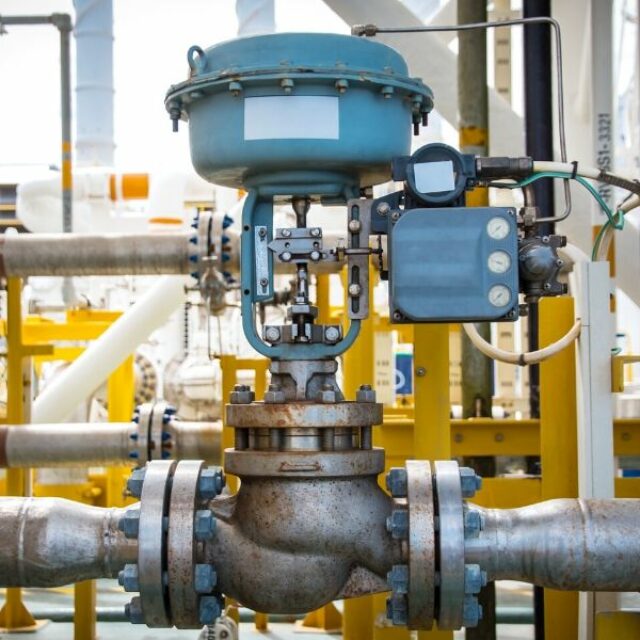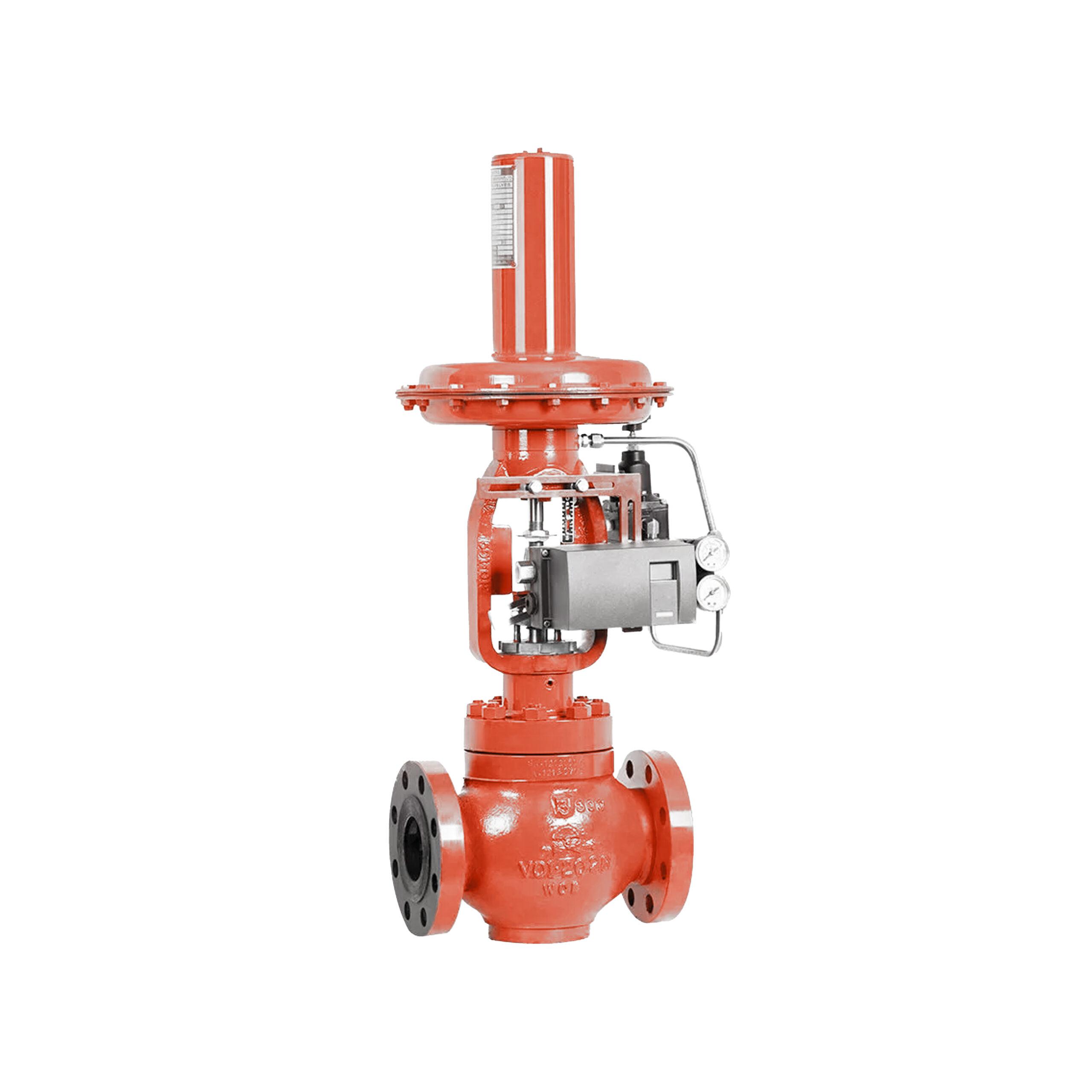Innovative Control Valves: Enhancing Precision and Integrity
Innovative Control Valves: Enhancing Precision and Integrity
Blog Article

Maximize Energy Savings and Comfort With Advanced Building Automation Controls
In the world of contemporary style and facility management, the assimilation of innovative structure automation manages stands as a crucial improvement. The convergence of modern technology and sustainability has birthed a brand-new age where power performance, comfort optimization, and operational streamlining are no more attainable facts however distant ambitions. By utilizing the power of automation, structures can adapt, react, and progress in manner ins which were when unimaginable. The possibility for substantial energy savings and boosted comfort is not simply an assurance yet a possibility waiting to be satisfied. This paradigm change in building administration holds the key to unlocking a globe where environmental conscientiousness and passenger health sympathetically exist together within the walls of our structures.
Power Efficiency Conveniences
Power effectiveness benefits can dramatically minimize energy usage and functional costs in structures. By applying energy-efficient practices and modern technologies, structure owners and drivers can accomplish considerable cost savings while likewise adding to ecological sustainability. One of the primary advantages of boosting power performance in buildings is the decrease of energy bills. Energy-efficient systems, such as advanced structure automation controls, can maximize making use of sources like heating, cooling, and lighting, bring about lower energy costs over time.
In addition, improved power efficiency can prolong the life-span of structure devices and systems. By running more efficiently, heating and cooling systems, lighting fixture, and other building elements experience much less deterioration, resulting in lowered maintenance and substitute prices. In addition, energy-efficient buildings typically command greater home values and rental prices, supplying long-term monetary benefits to proprietors.
Moreover, power effectiveness can enhance occupant convenience and productivity. Correctly managed interior atmospheres with ideal lights and thermal conditions develop a more helpful and enjoyable work space, bring about enhanced employee contentment and performance. In general, the power performance benefits linked with sophisticated structure automation controls are diverse, incorporating cost financial savings, ecological stewardship, and passenger well-being.
Boosted Comfort Control
Enhancing convenience control in structure settings calls for a sophisticated combination of sophisticated automation systems for optimal resident health. By making use of sophisticated structure automation controls, centers can tailor the interior setting to fulfill the particular requirements and choices of occupants. control valves.
Enhanced comfort control exceeds fundamental temperature level modifications. It includes attributes such as individualized setups, tenancy sensing units, and natural light utilization to create a dynamic and responsive environment. By integrating these innovative controls, structures can not only boost convenience yet likewise enhance power performance by optimizing system procedures based upon real occupancy and use patterns. Eventually, focusing on passenger convenience via sophisticated automation systems causes a much more enjoyable and much healthier indoor setting.
Operational Performance Improvements

Furthermore, check my site the application of real-time surveillance and analytics devices enables building operators to identify power ineffectiveness and operational abnormalities without delay. By continually keeping an eye on energy usage patterns and system efficiency metrics, modifications can be made in real-time to enhance power usage and ensure peak functional efficiency. control valves. Additionally, including demand feedback approaches right into building automation controls can additionally boost functional efficiency by dynamically readjusting energy use based on grid conditions and prices signals
Indoor Environment Optimization
Effective indoor climate optimization is a basic element of structure automation controls, guaranteeing residents' comfort and wellness while maximizing power financial savings. By utilizing advanced sensors and controls, constructing automation systems can continually keep an eye on and readjust temperature, moisture degrees, air high quality, and air flow to produce an optimum indoor atmosphere. Maintaining comfortable and constant conditions not just improves resident satisfaction however also increases efficiency and general health.
Interior environment optimization also plays a crucial function in power effectiveness. By fine-tuning air flow, home heating, and cooling systems based upon real-time information and occupancy patterns, developing automation controls can significantly decrease power consumption - control valves. Implementing methods such as demand-controlled air flow and thermal zoning can assist decrease power waste while ensuring that each location of the building receives the necessary conditioning.

Sustainable Environment Creation
Structure automation regulates try these out not just enhance interior climate problems for power effectiveness and owner comfort but additionally lay the structure for creating a lasting environment with strategic management of sources and systems. By integrating advanced building automation technologies, such as sensing units, actuators, and intelligent software application, centers can adjust and keep track of power usage in real-time to lessen waste and lower their carbon impact. These systems allow anticipating maintenance, determining possible problems prior to they escalate click to read more and maximizing devices efficiency to enhance durability and efficiency.
Additionally, sustainable environment development expands beyond energy management to include water preservation, waste reduction, and indoor air high quality improvement. Structure automation controls can regulate water use, detect leakages, and make sure proper waste disposal methods, adding to general sustainability efforts. In addition, by managing and checking air flow and filtering systems, these modern technologies boost resident health and wellness and productivity while reducing energy consumption connected with HVAC procedures.
Final Thought
To conclude, progressed building automation controls deal substantial advantages in regards to energy cost savings, comfort control, operational effectiveness, interior climate optimization, and creating a sustainable environment. By carrying out these controls, structures can accomplish ideal performance while minimizing energy intake and enhancing occupant convenience. It is noticeable that the use of advanced automation technology is important in improving building performance and creating a much more sustainable future.
Power effectiveness advantages can considerably lower power intake and operational expenses in buildings. Generally, the power efficiency benefits associated with innovative structure automation controls are multifaceted, incorporating price financial savings, environmental stewardship, and passenger health.
Additionally, including demand feedback approaches into structure automation controls can better improve operational effectiveness by dynamically changing energy usage based on grid conditions and prices signals.
Structure automation regulates not just optimize interior environment conditions for power efficiency and resident convenience but likewise lay the structure for creating a sustainable atmosphere via strategic administration of resources and systems.In final thought, progressed building automation regulates deal significant advantages in terms of power savings, comfort control, functional effectiveness, indoor climate optimization, and developing a lasting environment.
Report this page